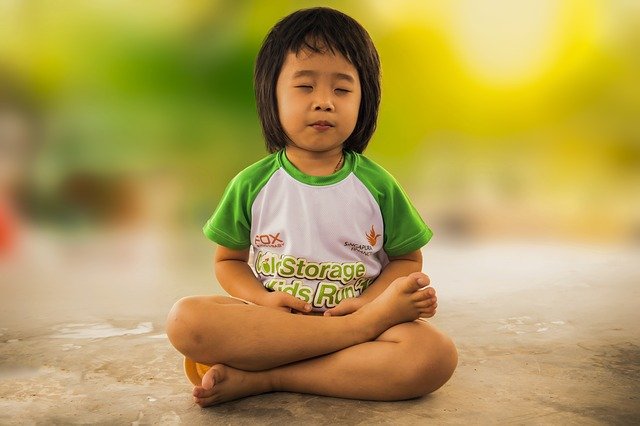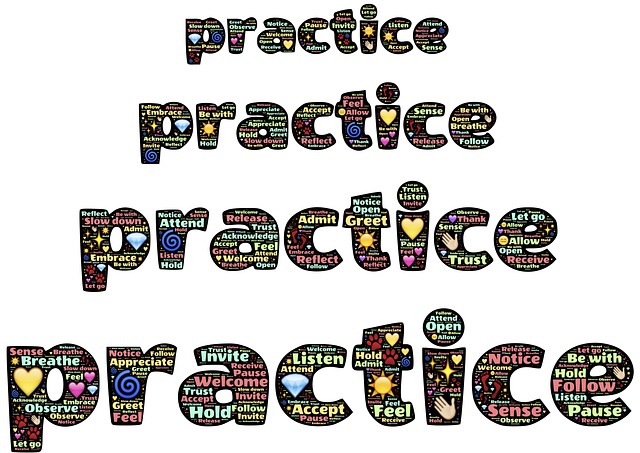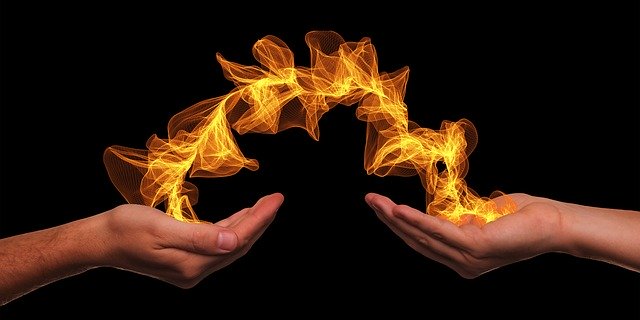Hugh Van Cuylenburg has written a life-changing book which Missy Higgins describes as “hilarious, inspiring and heartbreakingly vulnerable”. Hugh is a great storyteller and his stories, provided both verbally and in writing, have changed the lives of thousands of people, from school children to elite sportspeople. His book, The Resilience Project: Finding Happiness through Gratitude, Empathy & Mindfulness, provides a very clear pathway to resilience and happiness. It is admirably digestible and eminently practical – which partly explains its amazing influence on so many lives.
Hugh summarises his pathway in the mnemonic, GEM, and the three powerful words that these letters represent – Gratitude, Empathy and Mindfulness. He developed his approach while in India working as a volunteer teacher in an incredibly poor village – where children often could not go to school, had no shoes, little food and no electricity or sanitation. He could not work out why the children at the school were so unbelievably happy despite their destitute conditions. He found the answer by observing the children and their practices closely and discovered that their resilience and happiness had its foundation in gratitude (appreciating what they do have), empathy (showing care and concern for others) and mindfulness (being mindful and developing this through meditation).
His message has been taken up not only by schools throughout Australia but also by elite sporting clubs such as the NRL team, Melbourne Storm and the AFL team, Collingwood. He tells the story, for example, of a Collingwood player who wrote a three-letter word on his wrist to remind himself during a game of the things that he is grateful for so that he could push aside negative thoughts and anxiety that arise when engaged in a highly competitive match.
Hugh’s pathway to happiness and resilience applies to each of us in our everyday life. The three elements of his approach are not new – we have covered many aspects of these in this blog as the result of the work of many other people. What Hugh presents in simple, digestible language and illustrative stories, is a very clear pathway integrating the three GEM elements that can be practised daily and that are mutually reinforcing – just like exercising, appropriate nutrition and yoga/ Tai Chi are mutually reinforcing, with each of these elements building on, and assisting us to achieve, the others.
The GEM pathway to happiness and resilience
Hugh refined his approach when he completed a Master of Education by focusing all his study and assignments on the mental health and wellness of adolescents. He was also able to learn about the neuroscience that underpinned his approach (he provides references to the scientific papers in his “Notes” at the end of the book).
What was a catalyst for Hugh’s passionate pursuit of the issue of resilience was his own traumatic experience as a teenager trying to cope with his younger sister’s anorexia nervosa. At the time, he did not understand what was happening to her and why she behaved the way she did, and did not show empathy for her plight. He failed to realise that she was mentally ill, not just suffering a physical malady, malnutrition, that could be overcome just by eating more. He became acutely aware as an adult of the “concentric circles of suffering” (for siblings, parents, friends, and teachers) that mental illness can create.
I will discuss each of the elements of GEM below:
Gratitude – Hugh suggests that this means appreciating what we have rather than focusing on what we lack. He tells the story of Stanzin, one of his students in India, who despite his impoverished circumstances was grateful for everything in his life – his gratitude was pervasive and continuous. Stanzin often pointed out to Hugh things that he was grateful for – his friends, being able to go to school, having shoes to wear and even receiving a plain bowl of rice for lunch. He was incredibly grateful for his rusted, broken-down play equipment (such as a swing) – something that in our Western society would initiate a complaint. Stanzin focused on what he had, not what he did not possess – avoiding negative emotions of discontent, resentment, or anger, and developing a positive mindset.
Hugh recommends a daily gratitude journal as a way to build resilience and happiness. This is a recommendation and practice of many people. In the previous post, I spoke of the twice-daily practice of gratitude journalling of Lindsey Stirling, the hugely successful songwriter, violinist, and dancer. Gwen Cherne, the first Commissioner for Veteran Family Advocacy, who agitates for veterans and their families battling mental stress, stated that she writes a gratitude journal every night (her story is featured in the Weekend Australian Magazine, March 6-7, 2021, pp.13-16). Hugh, Lindsey, and Gwen have each experienced considerable trauma in their lives and each has shown the resilience to be able to “bounce back” and experience happiness in pursuing their life purpose in contributing to the welfare and joy of others.
Empathy – being able to feel for others by consciously thinking about what they might be experiencing intellectually and emotionally. Hugh points to the neuroscience that reinforces the fact that practising empathy develops kindness and motivates compassionate action. Simon Sinek suggests that in a work situation an empathetic leader is “more concerned about the human being not their output”. The young boy Stanzin, who made a lasting impression on Hugh, was continuously empathetic – going out of his way to help others in need, e.g., sitting with children who were alone during the lunch hour. Hugh recalled that in contrast, he himself was not empathetic to his young sister as a teenager and was not able understand her suffering and feel with and for her. A key component of empathy is deep listening – openness to other’s stories and their perspectives.
Mindfulness – being present in the moment while adopting an open, curious, accepting, and non-judgmental attitude. Hugh learned through his experience in India that practising mindfulness through meditation was a way of “taking greater control of your mind and, therefore, of your life”. The children in the village school where he taught began each day with a 30-minute meditation, At first, he was sceptical about the practice but soon found that he could focus so much more on the present moment, and not become absorbed by anxiety about the future or depression about the past. He found that Stanzin was a living example of the benefits of mindfulness meditation. The young boy would be constantly mindful of what where the positive things in his village life. Mindfulness develops both gratitude and empathy.
Developing the GEM pathway to happiness and resilience
In his book, The Resilience Project, Hugh provides a section at the back where he offers some exercises that can help us to develop gratitude, empathy, and mindfulness – some of which he has used in schools throughout Australia. The Coles Group have implemented a range of practices drawn from The Resilience Project.
Simon Sinek suggests that a simple way to practise empathy in everyday life is to let the person into traffic ahead of you if they are stuck in a side street or are attempting to cut in front of you. He argues that you never know why they are trying to enter the traffic or are in a hurry to get somewhere. They could, for example, be dealing with an emergency – a sick parent/child, an accident at home, someone dying in hospital, or anxiety about a child stranded at night at a lonely, dark railway station.
Reflection
Taken together the elements of the GEM pathway can lead to happiness and resilience. The stories Hugh tells, and the research he draws on, reinforce the benefits of his approach. The widespread adoption of the principles of The Resilience Project attests to its effectiveness.
Hugh also stresses the importance of connection and has exercises that can help us renew our connections given that they have been eroded through social media and the distancing created by the pandemic. He stresses that practising GEM is even more urgent in these challenging times. He maintains too that we must go beyond connection itself and take wise and compassionate action to redress the suffering and pain of others, e.g., asking “R U OK?”
As we grow in mindfulness through meditation and practising gratitude and empathy, we can develop self-awareness, self-regulation and compassionate action and gain increasing insight into our life purpose. As Hugh observes, every challenge is an opportunity to realise our potential and our capacity to contribute positively to the lives of others.
_______________________________
Image by billy cedeno from Pixabay
By Ron Passfield – Copyright (Creative Commons license, Attribution–Non Commercial–No Derivatives)
Disclosure: If you purchase a product through this site, I may earn a commission which will help to pay for the site, the associated Meetup group and the resources to support the blog.









